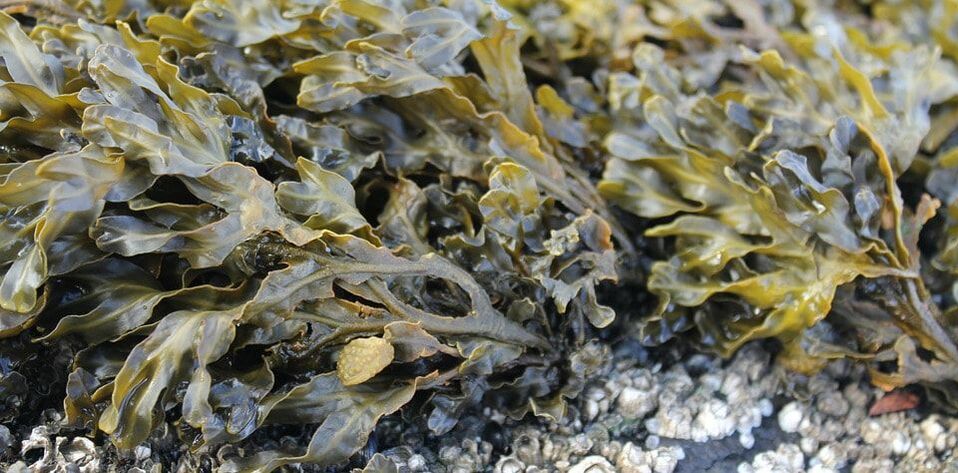|
Biologists and physicians confidently declare that the content of active substances in algae surpasses all other types of plants. Algae have antitumor and other healing properties. Algae are mentioned as therapeutic agents in many medical treatises all over the world. Seaweed was used not only as an excellent food product but also as an effective remedy for the prevention and treatment of various diseases. It is believed that in ancient China, malignant tumors were treated with seaweeds. In India, algae have been used as an effective tool in the fight against certain diseases of the endocrine glands. In ancient times, in the harsh conditions of the Extreme North, the Pomors treated various diseases with algae and also used them as practically the only source of vitamins. The ancient Romans used them to treat wounds, burns, and rashes. The qualitative and quantitative content of macro- and microelements in algae resembles the composition of human blood, and also allows us to consider algae as a balanced source of saturation of the body with minerals and microelements. Seaweed contains a number of substances with biological activity: lipids; chlorophyll derivatives; polysaccharides; phenolic compounds; enzymes; plant sterols, vitamins, and other beneficial elements. As for individual vitamins, microelements and iodine, there are more of them in seaweed than in other products. Growing algae for agricultural purposes has become very popular in many countries. This may portend a revolution in ecological food throughout the world. In Asia, seaweed has long been grown and consumed as a staple food and this fashion can migrate to the United States. In America, healthy foods are becoming increasingly popular, and seaweed is mentioned as one of the best trends in this area. On the coast of Catalina, near Los Angeles, a prototype of a new algal farm is being launched - a large network of long cables with algae growing on them that can move up and down in the water to access sunlight and nutrients. After collecting the seaweed, they are converted into organic bio-raw materials, which can be used to produce gasoline or jet fuel. In addition, growing algae can be a good trend that will reverse global warming. Planting more algae is one possible way to help reverse this disastrous process. Wastewater bioremediation, regenerative agriculture and the cultivation of algae and mollusks in the ocean is a fundamentally new approach to agriculture, which will help solve the problem of adverse climatic changes and at the same time create a large amount of fresh and healthy food without the use of chemical fertilizers, pesticides, and antibiotics. Seaweed‐based bioremediation provides an opportunity to clean polluted seawater in an ecologically friendly manner. Additionally, there is a significant advantage of producing a valuable commercial crop for use in a growing industry based on seaweed products. According to recent research algae are also capable of converting carbon dioxide from the atmosphere into algae oil. Scientists seriously warn us: in order to maintain a habitable planet, we must drastically reduce our carbon emissions into the atmosphere in the next decade. Nature also warned us many times. Numerous natural disasters seem to be pushing humankind to the conclusion that agriculture, climate, human health, and ocean health are closely intertwined and it is time to change a lot in the current realities and attitudes to nature. Climate health is the health of the soil, the ocean, and human. If we can express our will to change before it’s not too late, we will have not just fresh seaweed salads for breakfast, but also an acceptable climate for life on our planet. “The sea is everything. It covers seven tenths of the terrestrial globe. Its breath is pure and healthy. It is an immense desert, where man is never lonely, for he feels life stirring on all sides.” Jules Verne
0 Comments
Leave a Reply. |
AuthorArchives
November 2022
CategoriesVisit our other BLOGS!
|
|


 RSS Feed
RSS Feed




